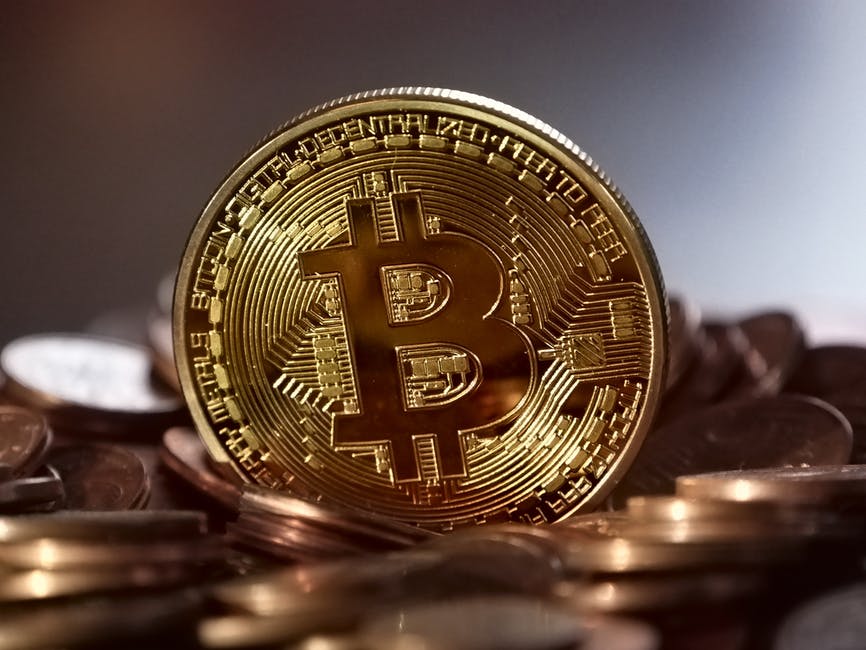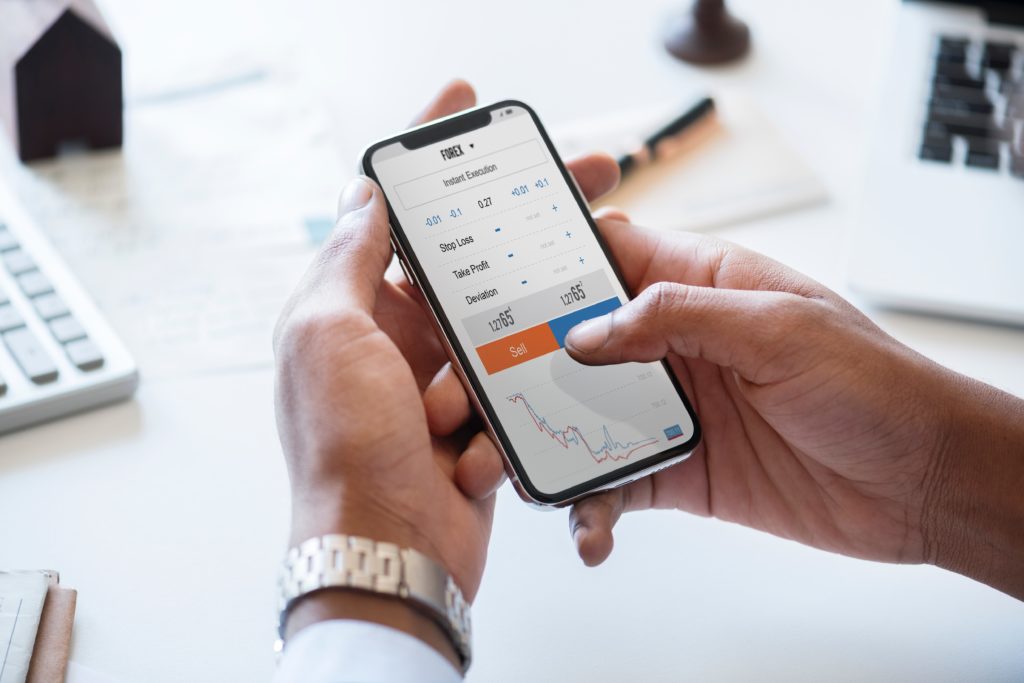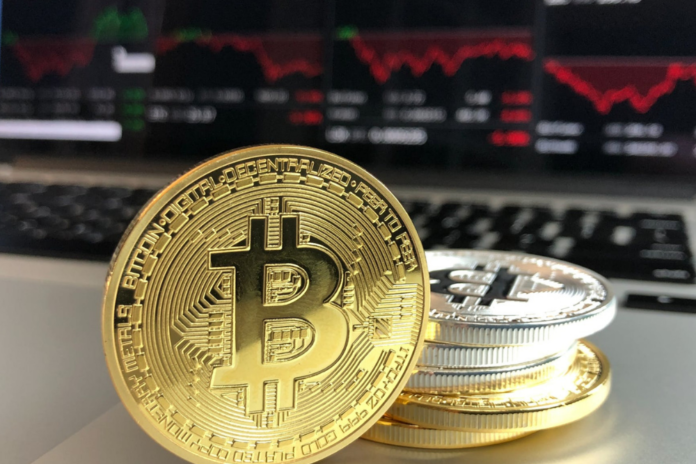Once considered a niche undertaking, cryptocurrency is now practically a household term. Though mostly associated with ‘Bitcoin’, the particular currency which has come to be used as an umbrella term for cryptocurrencies on the whole, it’s a market boasting values ranging upwards of billions of dollars. Yet, unlike what we understand about many conventional, physical currencies, it’s not exactly tied to a tangible resource, central bank or individual state’s prosperity. This seemingly unorthodox trait may confuse some but don’t let that dissuade you from wanting to know more. With that said, let’s delve into this popular but little-understood topic some more.

Unsurprisingly, your first major interaction with cryptocurrency might have been a sales pitch from a colleague, someone you know or a post online that seemed eerily like a pyramid scheme or clichéd scam. Indeed, though not as prominent now as it once was, there’s always been a lot of hype surrounding crypto, particularly towards ‘Bitcoin’. At its peak in December of 2017, 1 Bitcoin (BTC) sold at roughly $17,900 USD. Compared to the days of $1000USD per BTC less than a year and a half prior and this was undoubtedly a big deal. Pundits and speculators had even claimed that by 2018 we’d see it cross $20,000 USD per BTC. Yet that wasn’t the case as the first half of 2018 saw a monumental and consistent crash of the currency’s value.
Before explaining what transpired that led to this crash let’s get some things about cryptocurrency out of the way first. As mentioned before, they’re not pegged to any major currency, regulated by a central bank or linked to a tradable commodity. However, they do operate under the economic laws of scarcity. For example, there are only 21 million mineable Bitcoin units worldwide. Thus, we see the Bitcoin mining craze which has now migrated to other cryptocurrencies such as Ethereum, Litecoin and other ‘Altcoins’. Once the last Bitcoin is mined then that’s it. The currency will be wholly defined by the supply available on the market at that point. Consequently, other factors such as electricity costs, transaction ease and security play a major role in setting cryptocurrency prices as well.

To those familiar with trading on commodity markets this isn’t far removed from the norm at all. After all, similar factors, as well as speculation, are also the meat and potatoes of setting prices in these markets. Therefore, as with any other market bubble, the sudden ‘Tulip Mania’ like craze for crypto, particularly Bitcoin, compounded an almost overnight spike in prices. PC enthusiasts suddenly found themselves without parts as miners bought in bulk to fill entire rooms with ‘mining servers’ while the uninitiated flocked to various forums online to see how best they could quickly cash in either via trading or mining. Even nations subject to sanctions, blacklists or merely economic decline such as North Korea, Iran and Venezuela dedicated massive amounts of resources to cryptocurrency mining as it could prove a lucrative source of off the record and untraceable income.
Indeed, anonymity, as most cryptocurrency wallets operate via identifying hexadecimal codes rather than names or personal info, also makes this market attractive to many. If we look at a history of Bitcoin prices we’d quickly see that, much like commodities such as oil and gold, it’s subject to volatile and considerable price shifts over short periods. Also like commodities, a general trend usually emerges despite these volatile weekly movements wherein there is growth or contraction over the long term.
Unsurprisingly, it is during the above-illustrated growth period that the mining craze hit its crescendo. To put it simply, the hardware that’s usually found inside PC enthusiast builds was also ideal for processing the myriad of calculations which occur during online cryptocurrency transactions. By dedicating their processing power to solving these cryptocurrency transactions, miners would find their wallets ‘rewarded’ with small increments of a currency. What many didn’t realize was that these gains were usually negligible unless a considerable investment was made into infrastructure and electricity costs in order to accrue sizeable yields.

Consequently, this coupled with the unregulated nature of cryptocurrencies meant that they could easily be manipulated in ways which would be illegal in most other markets. For example, according to a TechCrunch piece, IT analysts and security experts found that Bitcoin’s spike from $150USD to $1000USD was likely the work of a single person. They achieved this by analyzing suspicious trades and transactions during this period. In any other market, insider trading, price manipulation via mass buying or dumping and other questionable tactics would almost immediately catch the attention of the relevant authorities. Indeed, it is further theorized that this year’s crash was likely also the handiwork of a single entity triggering panic selling via market and speculator manipulation. This isn’t surprising considering entire nations are now involved, albeit off the record, in the cryptocurrency markets.
Other estimates have noted that people were scammed upwards of $100 million USD from cryptocurrency ‘Exit Scams’. We haven’t even begun touching the topic of its use for black market transactions, drugs and other sordid trades yet we see a pattern emerging here. Indeed, it has even been said that adoption of cryptocurrency by criminals directly increased prices, to begin with. Cryptocurrency is now an undeniable reality of the financial and digital world yet it can potentially be a dangerous one. With all of the above in mind, it was only a matter of time before it caught the eye of major economies who would either seek to regulate or limit its use.

Thus, mainland China, South Korea, and India; all major developing Asian economies, began a crackdown on the uses and financial establishments available for cryptocurrency miners and traders. The ‘free for all’ had not only facilitated cyber-crime and other questionable activity but began threatening their own markets as well. As more and more countries began to notice and act, panic sell-offs began, compounded as news from different central banks and nations rolled in each week. Within weeks Bitcoin had lost untold billions of dollars in value as these series of events unfolded, almost ensuring any weekly hope of a rebound was dashed.
Does this mean Bitcoin and other cryptocurrencies are done for, however? Should you avoid dabbling in it yourself? Realistically speaking this was merely the start of a new chapter for cryptocurrencies. It’s here to stay and won’t be going away anytime soon. Thus this brings us back to the question we started with. Is it worth your time? The answer is a positive yes. With more state regulation and government oversight, we’ve gotten increased stability and security. In time this market will become like any other. It’s sure to be lucrative for the savvy investor. With this in mind, next time we’ll be taking a look at cryptocurrency from the perspective of the Caribbean and how it could benefit us.



















